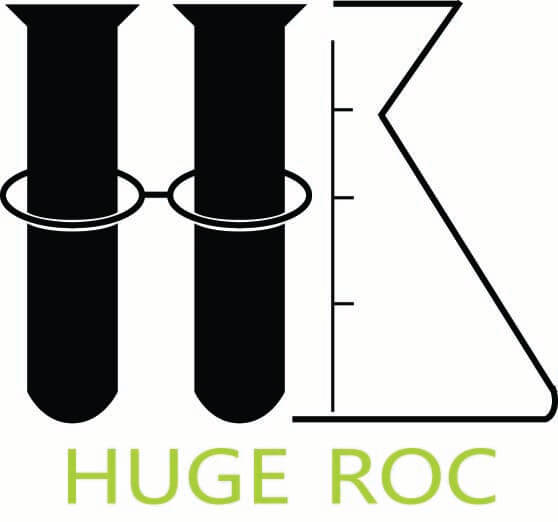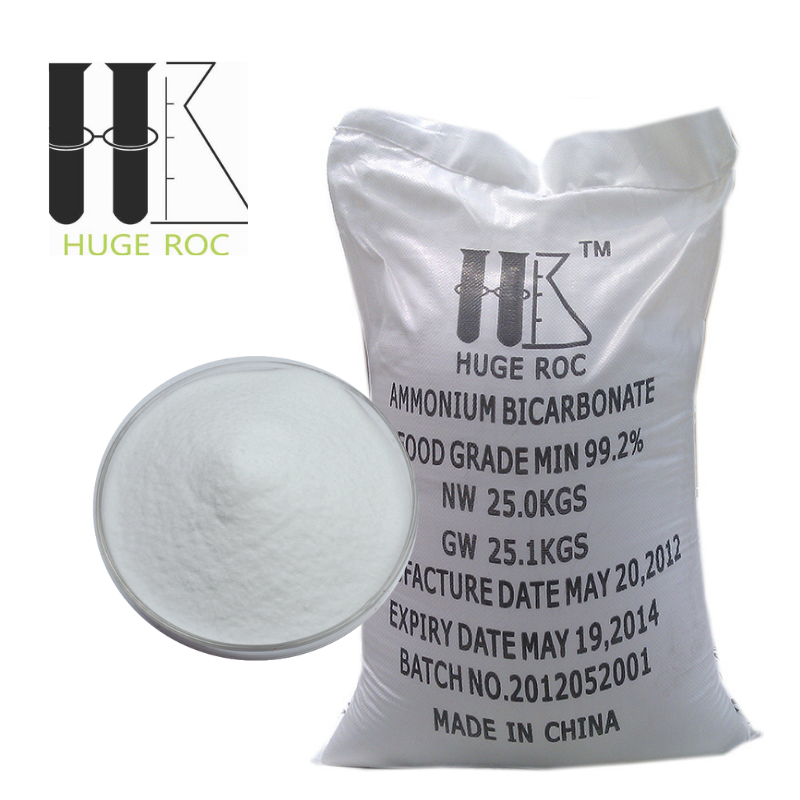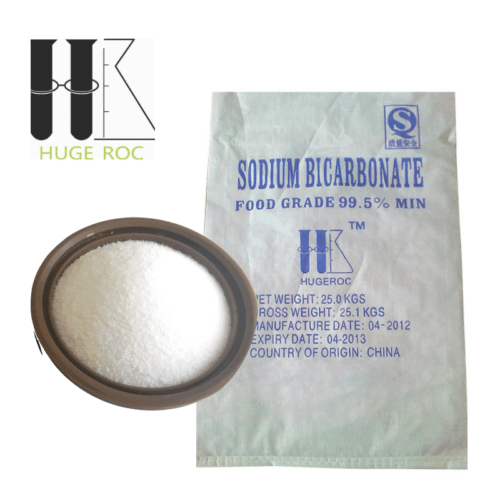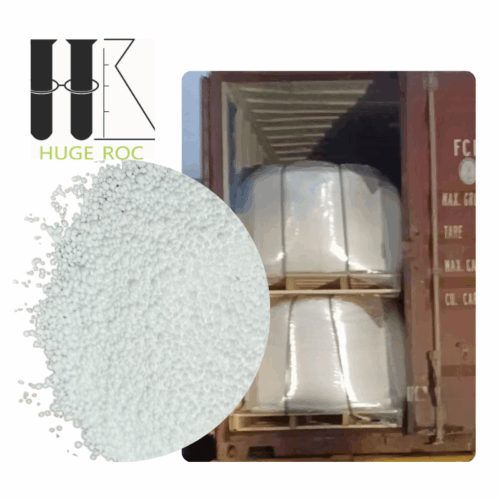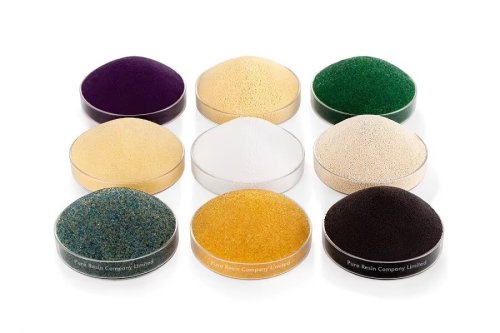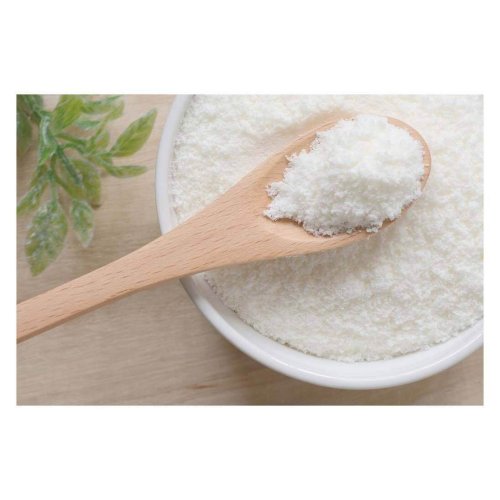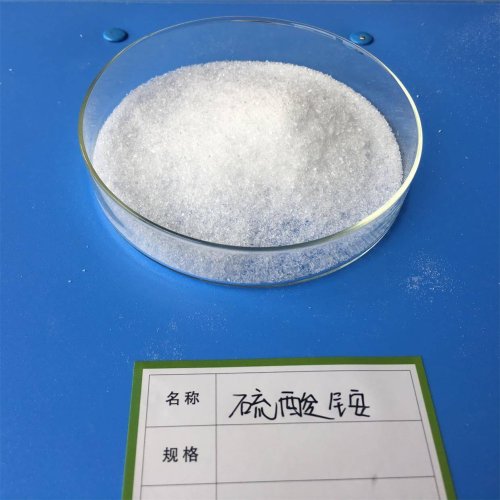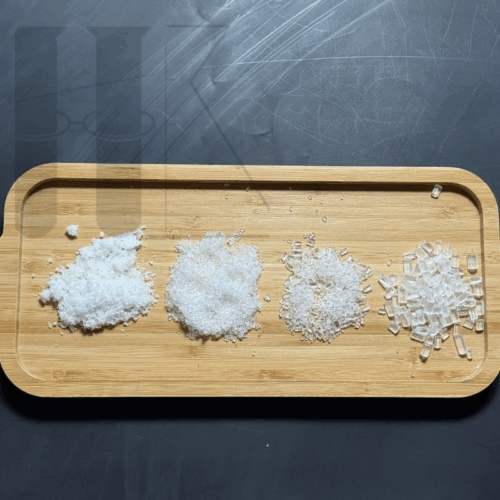Ammonium bicarbonate is one of the most widely used loosening agents in the food industry and also the producer of carbon dioxide in soft drinks. It can make food puffy. Due to the good expansion effect, a lot of puffed food, puff, Sakima and other food will contain this kind of additives. Edible grade ammonium bicarbonate is relatively pure ammonium bicarbonate, which contains no or little harmful substances to human health, food grade ammonium bicarbonate conforms to the national food safety standards.
| Specifications | ||
| Items | Index | Result |
| Appearance | White tiny crystal | |
| Total alkali NH4HCO3 wt% | 99.2 | 99.56 |
| Chloride Cl wt% max | 0.003 | 0.002 |
| Sulphate SO4 wt% max | 0.007 | 0.005 |
| Fe wt% max | 0.002 | 0.001 |
| Ash wt% max | 0.006 | 0.005 |
| As wt% max | 0.0002 | 0.0002 |
| Heavy metals Pb wt% max | 0.0005 | 0.0005 |
| Water wt% max | 0.5 | 0.4 |
| PH value | 7.5-8.0 | 7.7 |
The role and efficacy of ammonium bicarbonate in food
1. As a nitrogen fertilizer, suitable for various soils, it provides ammonium nitrogen and carbon dioxide for crops but has low nitrogen content and tends to clump.
2. Used as an analytical reagent, in ammonium salt synthesis, and fabric degreasing.
3. Promotes crop growth, photosynthesis, seedling and leaf growth; used as topdressing, base fertilizer, or food expander.
4. Serves as an advanced food fermentation agent. Combined with sodium bicarbonate, it is a raw material for leavening agents (bread, biscuits, pancakes) and foaming powder juice, and for blanching green vegetables and bamboo shoots.
The role of edible ammonium bicarbonate
Ammonium bicarbonate and sodium bicarbonate decompose when heated, releasing gases that puff up biscuits. For example, 2NaHCO3 (heated) → Na2CO3 + H2O (gas) + CO2 (gas). Both are harmless: sodium is essential (e.g., in salt); carbonate ions escape as CO2 in stomach acid; small amounts of ammonium ions are excreted in urine, all safe.
